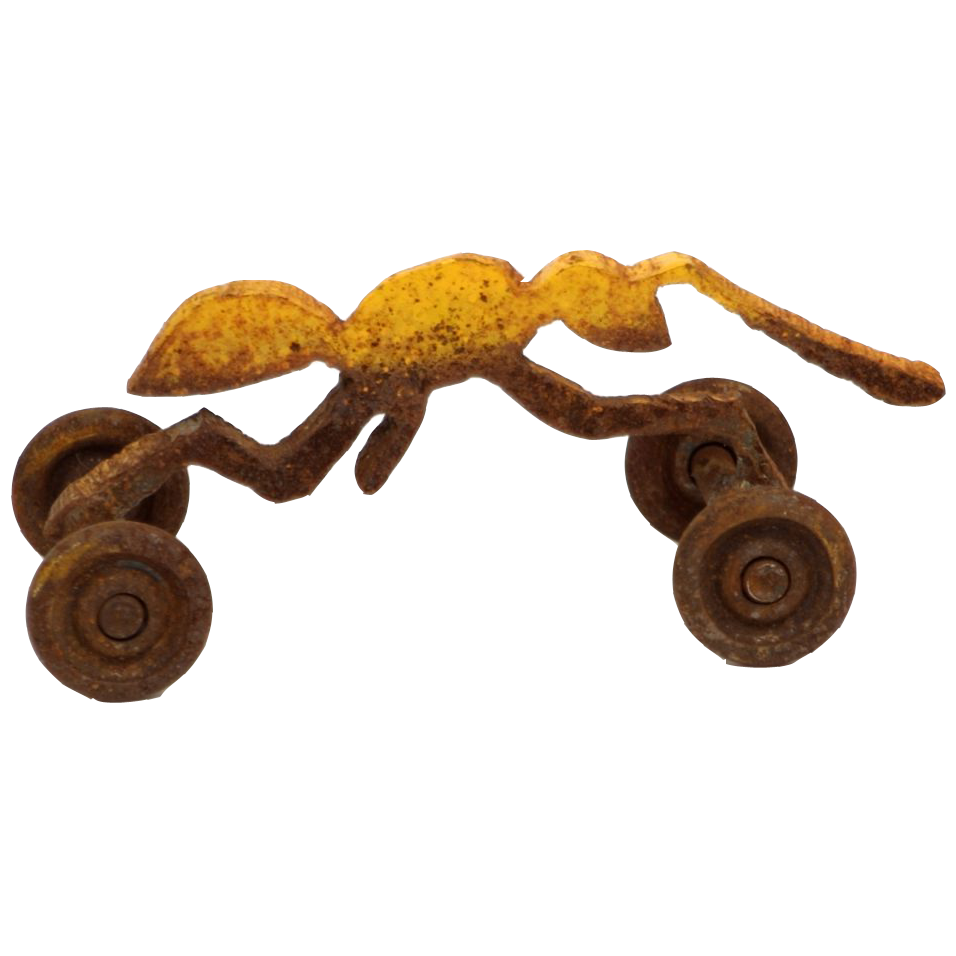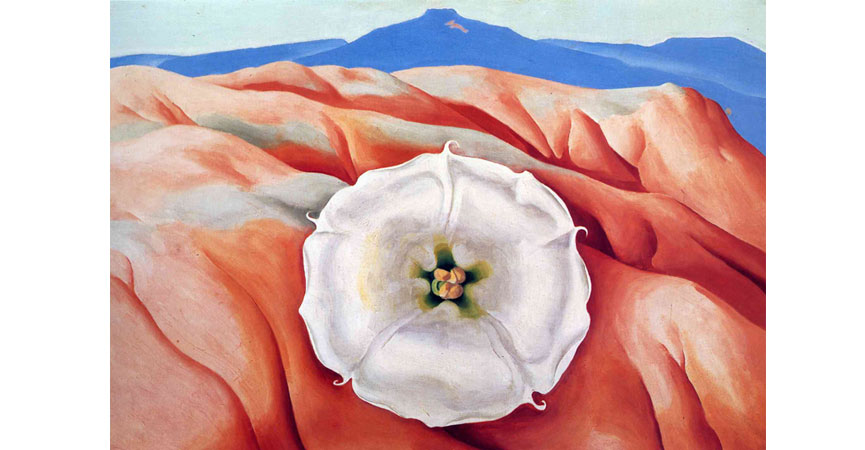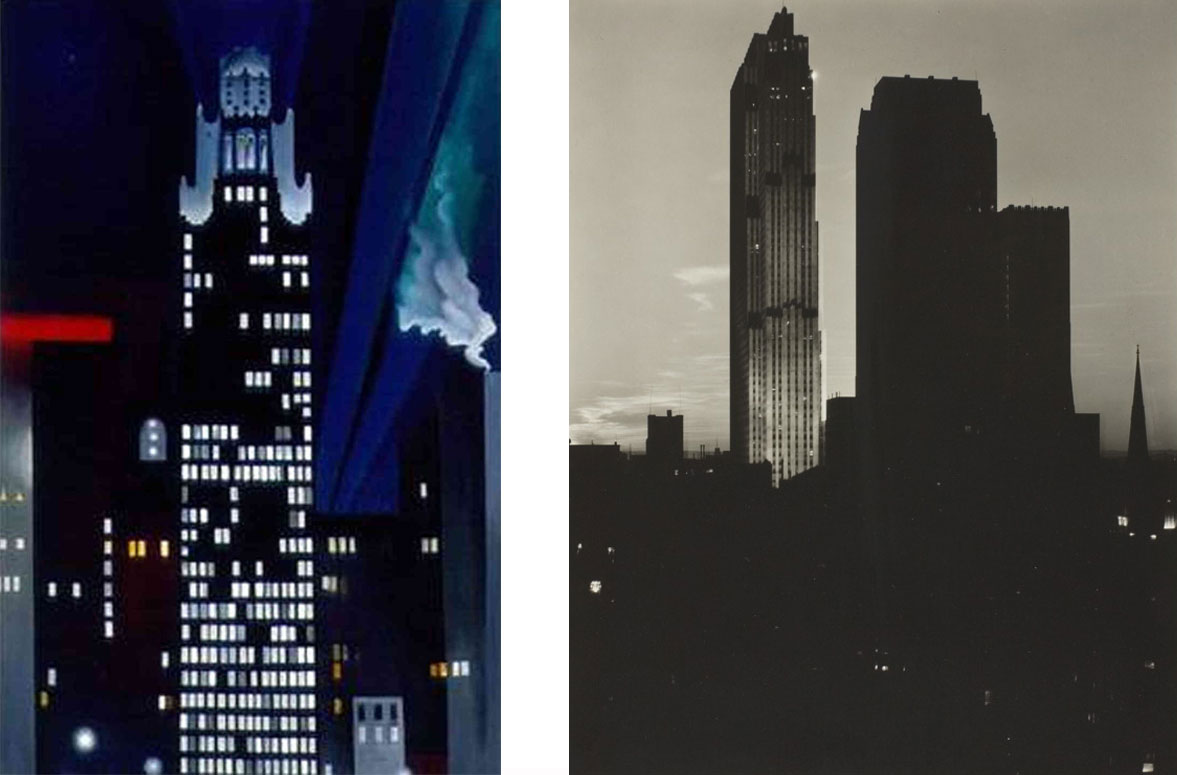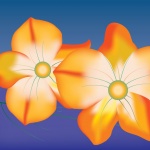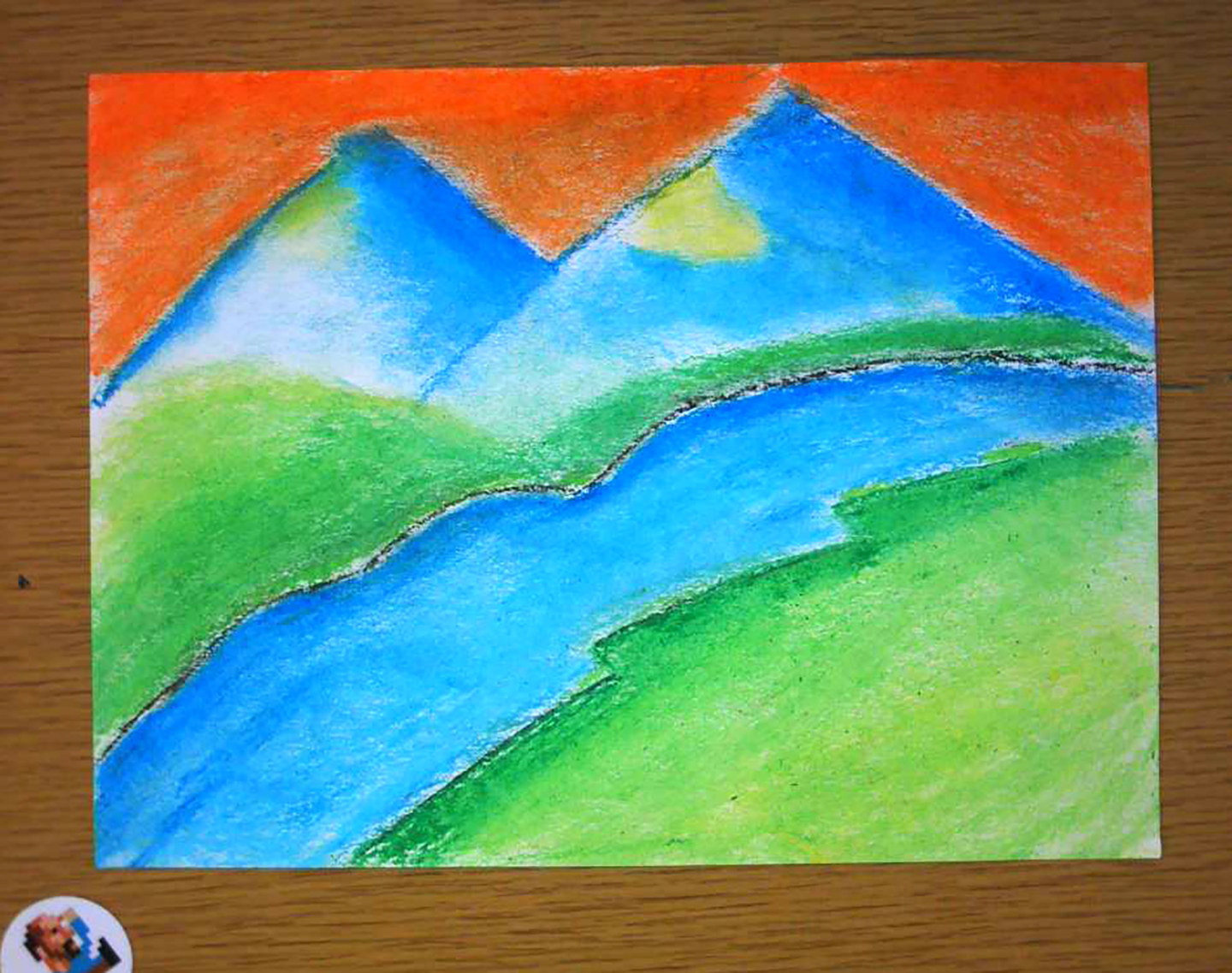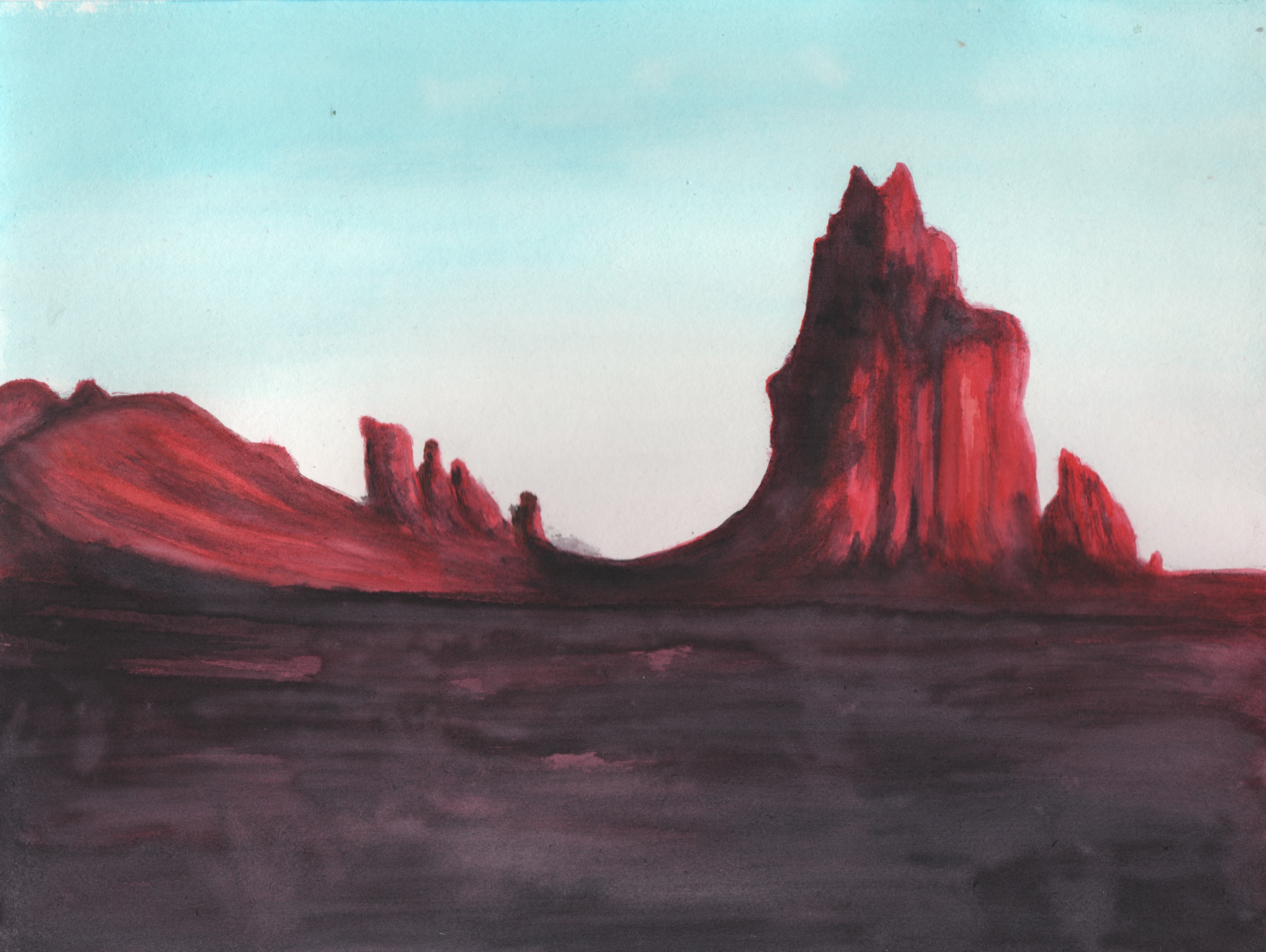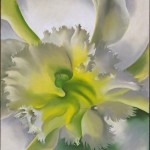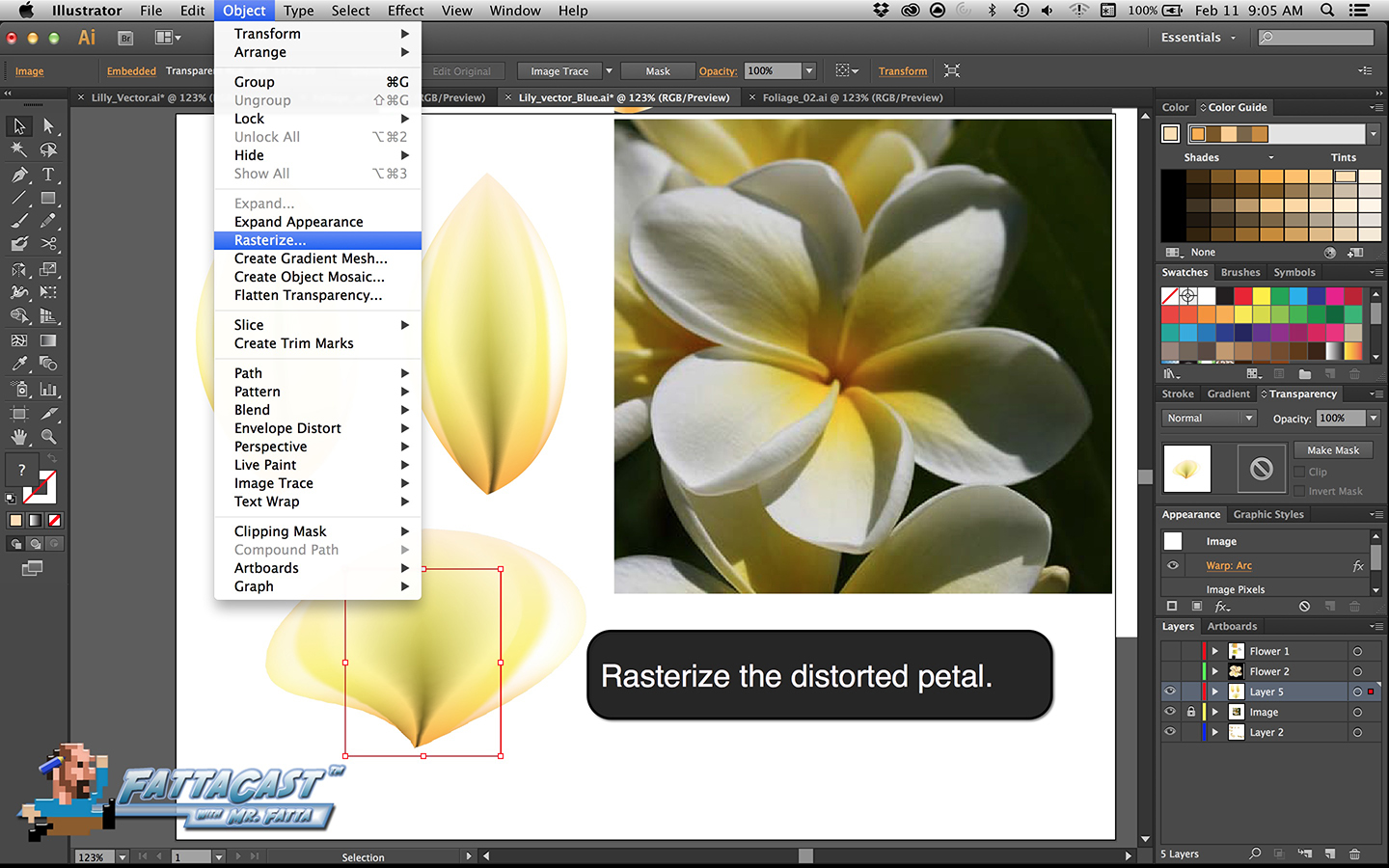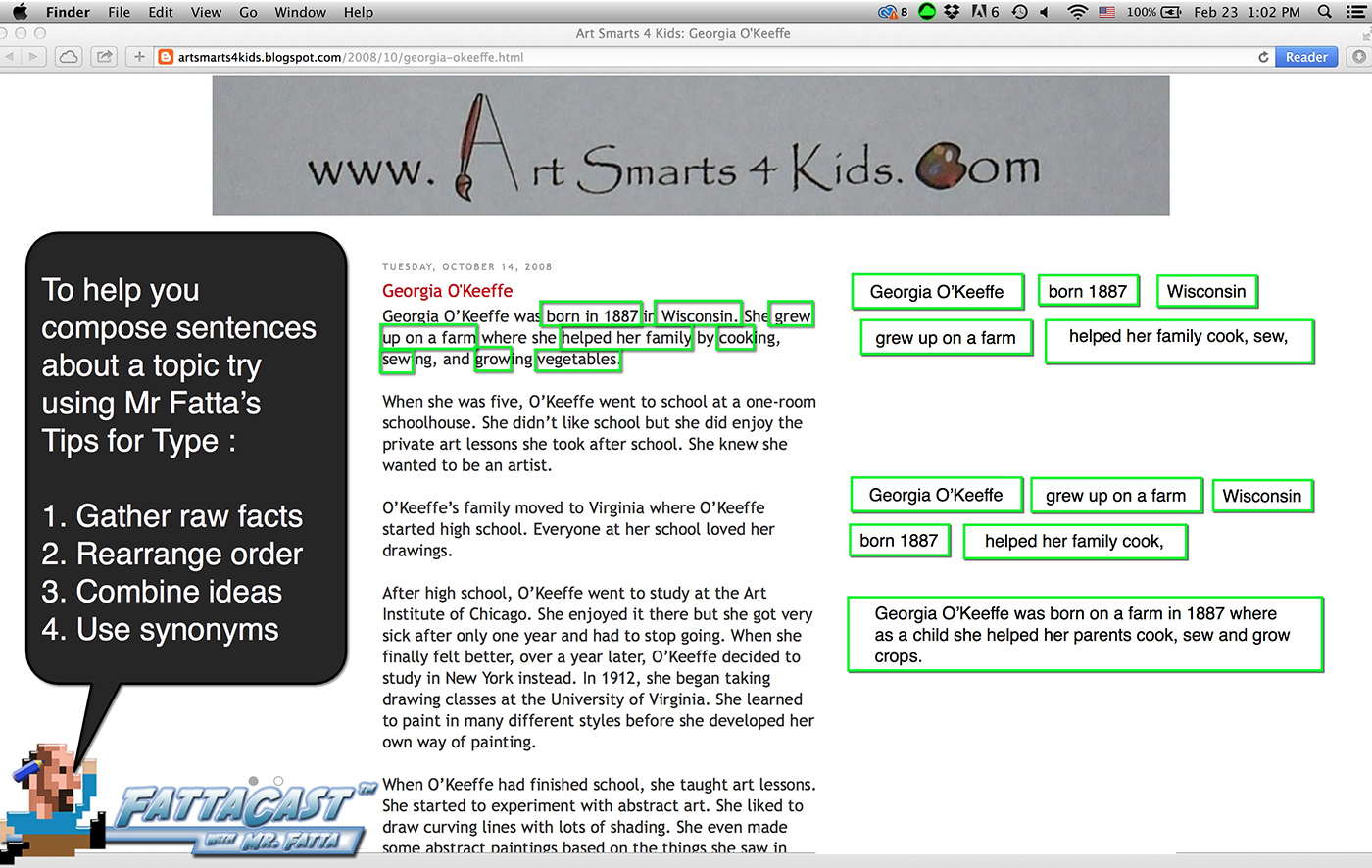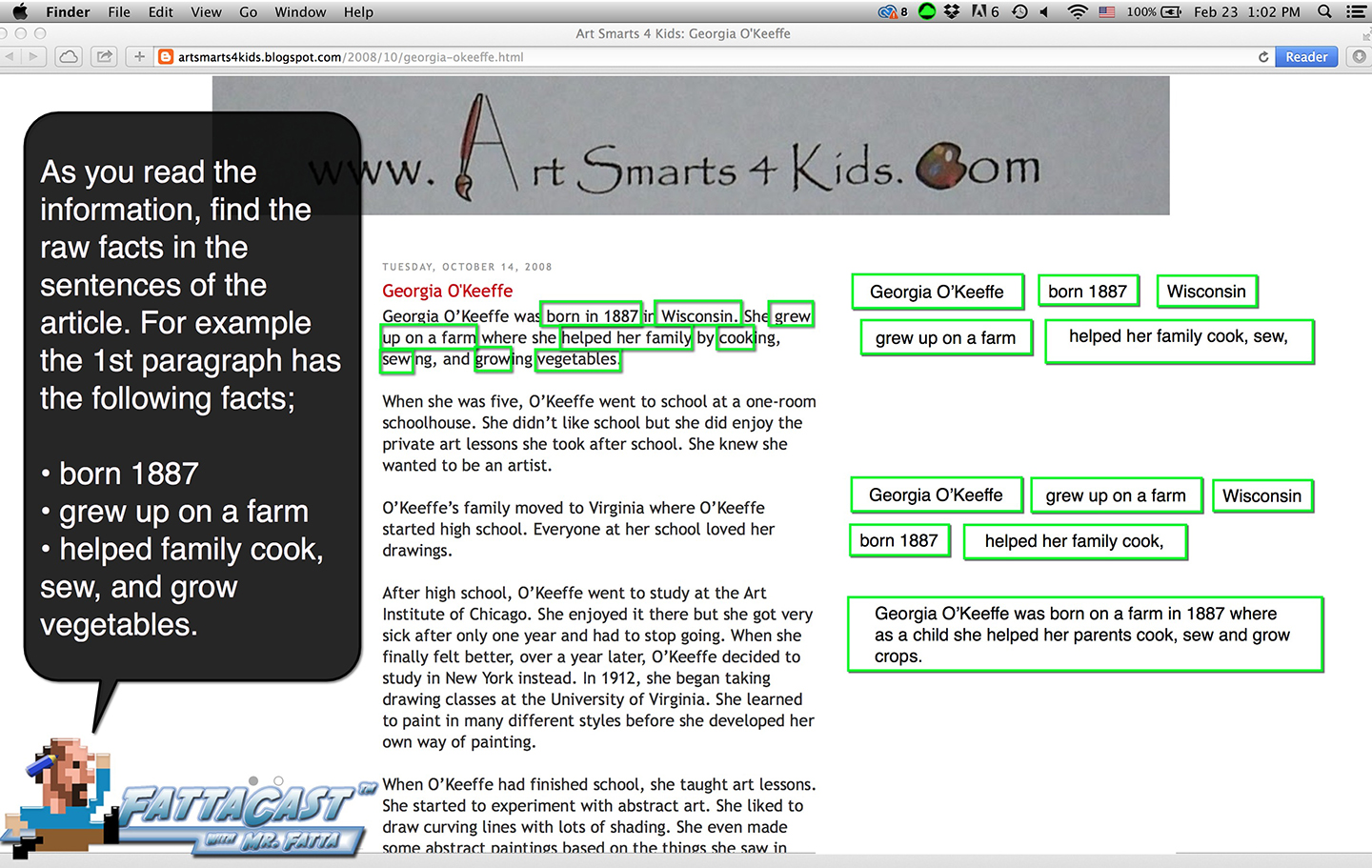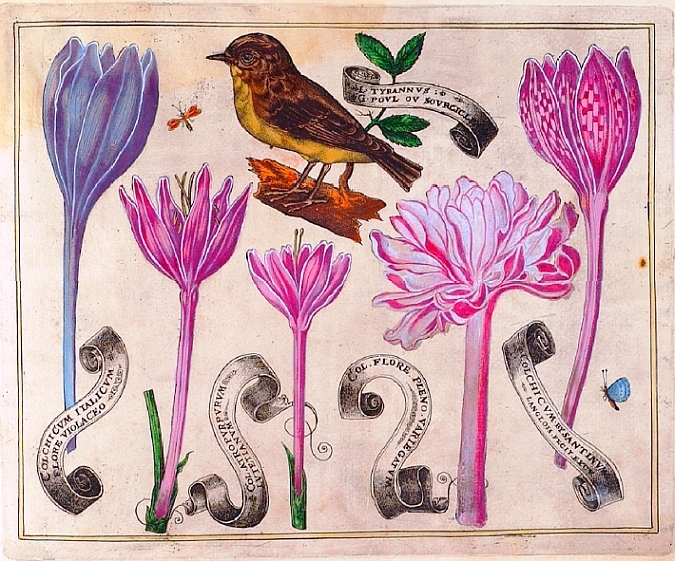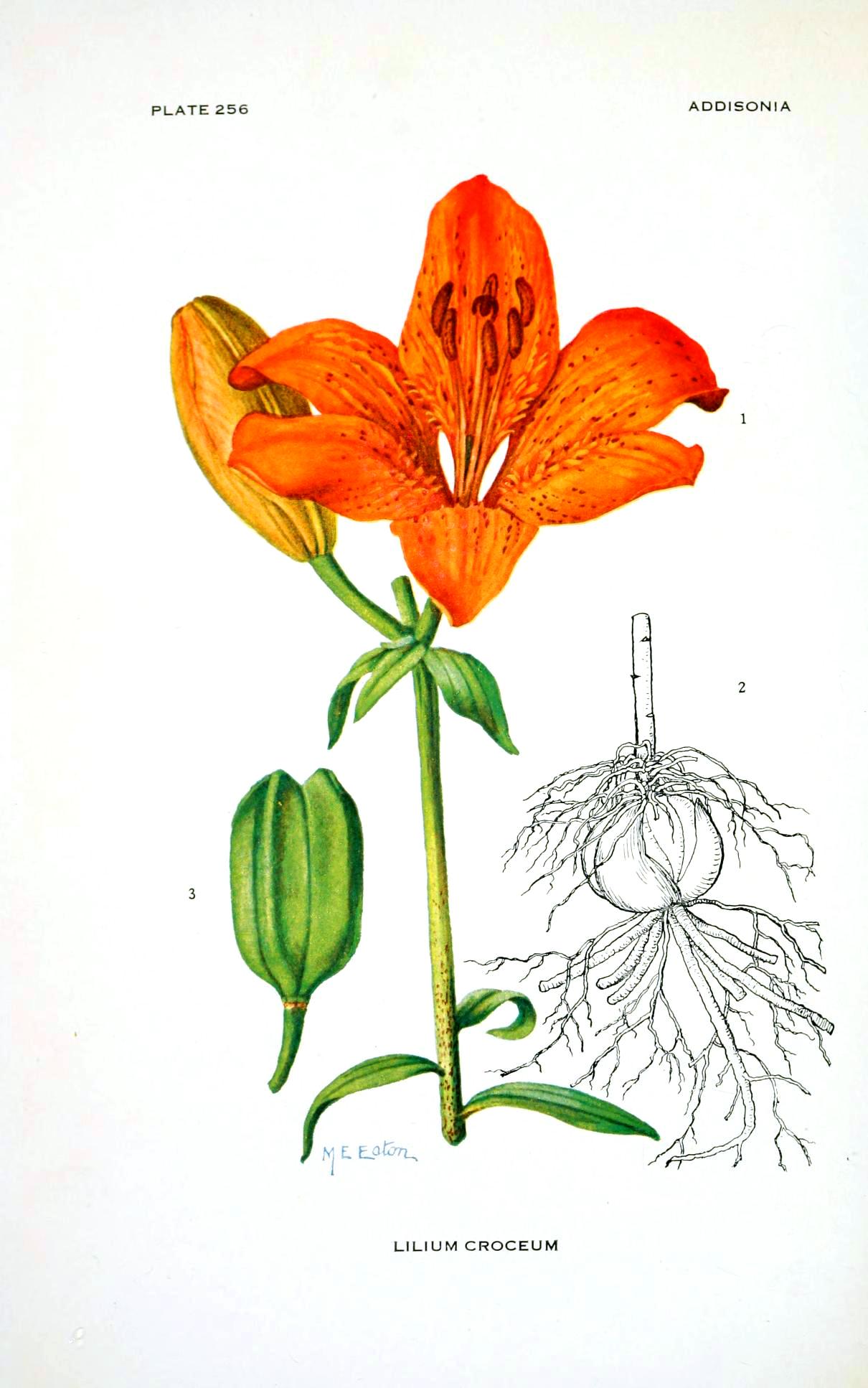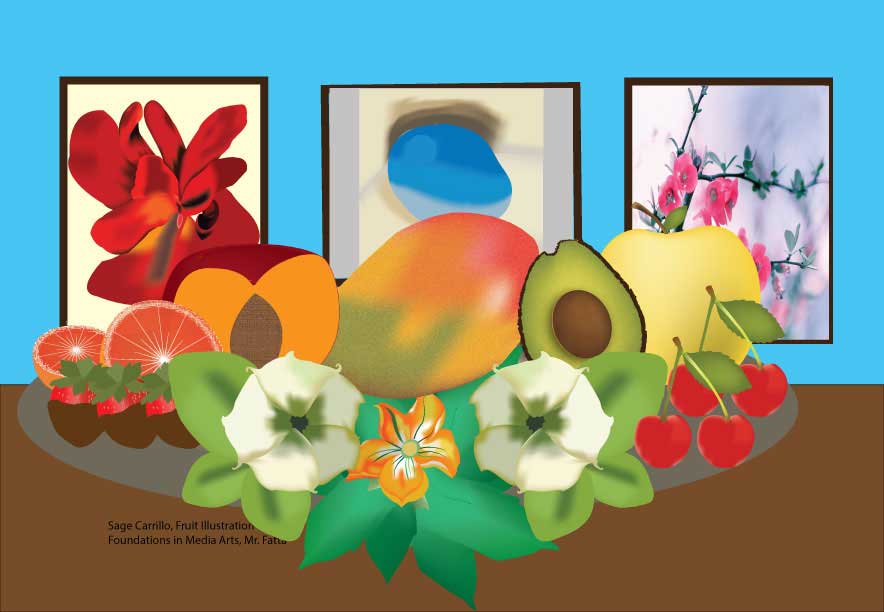Georgia O’Keeffe was born and raised on a farm in Wisconsin in 1887. She longed to be an artist from an early age and her talents were well recognized by her classmates. After high school she attended the Art Institute of Chicago and a year later she went on to study at the Art Students League of New York. She worked briefly as a commercial artist in Chicago before moving to Texas to become an art teacher. In 1922, at the age of 35, she met a photographer and gallery owner named Joseph Steiglitz who admired her large flower drawings. The two fell in love and married, and she became very famous for her large flower paintings. Together they lived and worked New York but Georgia loved the open warm frontier of the New Mexico landscape and would spend several months a year there. After her husband died in 1946, she moved to New Mexico permanently, there she lived and painted the desert landscapes as well as skeletal remains that were scattered about the landscape. Her fame grew throughout the 1950s and into the 1960s, but in 1971 her eyesight deteriorated dramatically and she couldn’t paint for several years. In 1985 she received the Medal of the Arts from President of the United States. She lived to 98 years old.
Learning Targets
.
Questions to Ponder
Although Georgia’s flower paintings were successful during her time in New York, it was the wide warm dry, open spaces of the New Mexico desert that would really capture her imagination and become the driving passion of her work. Her paintings reflected the colors she saw out West. Of the paintings featured in the slideshow below, one of them is a painting of Lake George, New York. Can you tell which one, what clues gave you the answer?
Skull and Flower Paintings
Imagine your a bee and you land on a flower, one pedal is the size of your living room. Looking out you see four or five more broad leaf pedals bending, folding inward, sometimes curling at the end. How would you draw a flower from the perspective of a bee? Analyze the paintings and identify the shapes you see, what would you call that shape? Sketch lightly, extending your flower to the outside edge of the paper. Compose a middle-ground of foliage breaking up the background into smaller negative spaces.
Georgia O’keeffe’s NYC Paintings
Color Harmony
Color harmony is the result of grouping colors together to create a mood or theme within the work. For example, an artist may use mostly blues and purples to create a cold or calming feeling within the design; blues, purples, and greens, especially bluish greens are known as cool colors. On the other hand, reds, oranges, and yellows are known as warm colors and they may be used to create a warm or more vibrant feeling. In both examples the colors are similar to each other and next each other on the color wheel; similar colors are called analogous. Analogous colors are any three to five colors that are next to each other on the color wheel. Below are samples of student works that utilize analogous colors within their design, notice how the color harmony effects the mood of the scene.
- Analogous – Warm Colors
- Compliments – Blue &
- Analogous – Cool Colors
Color Harmony Wheels
A color wheel is a chart of the colors of the rainbow, or spectrum, bent around in a circle and is used to organize the colors and show the relationship between them. The color wheels featured below highlight the different relationship colors can have with each other. Analogous colors are similar colors that are next to each other on the color wheel, they seem to match, blend, or go together. Complimentary colors, on the other hand, are colors that are opposite each other on the color wheel together they create contrast, the colors clash, and create a certain
- Analogous Colors
- Compliments Contrast
- Monochromatic
- Tints
- Shades
Student Work
Flower Illustration
Use the images provided to study the structure of O’Keeffe’s paintings. Analyze the way the colors of the petals blend from light to dark within the shape to create the form of the flower. Study the O’Keeffe paintings below analyzing the composition of the shapes and gradients. What abstract qualities can you see in the paintings, what point of view of the painter creates this ambiguous effect? Look for similarities with the works above while noticing the different effect and point of view. Search for various images of flowers that suit you to create a composition of the flower that would express a similar vein and blend colors with similar texture and form. As you search for images and species of flowers, find distinguishing petal formations that will lend itself to the techniques developed in the previous project.
Pink Peas Blue Abstract Yellow Orchid
Use the gradient skills you developed in the previous flower project to create an original artwork based on a real or artificial flower or one you find on the internet. Search for a close up view of a favorite flower, it is best if the flower has large or broad shaped petals, flowers such as lilies, tiger lilies, daisies, orchids, tulips, pansies, desert roses, primrose, morning glories, and moon flowers are good flowers to search for.
Tutorial | Mesh Tool & Distortion
Biography Task
For a possible 6 extra points on your artwork use the links below to gather facts about Georgia Okeeffe and compose a brief biography about the artist. Create a slide in your Google Portfolio that provides information about the following areas of her life, work to compose complete sentences from the information you gather, exemplar work would feature the research in at least 2 complete paragraphs.
Analyze your writing alongside the measured rubric to evaluate your product, identify areas of strength with your proficiencies and make revisions to develop areas that need strengthening. Assess your final efforts alongside the product and make your assessment on the 6HP point scale featured below, + or -1 point to level the difficulty and add the sum to your visual project reporting both grades when declaring the projects final assessment.
Art Smart 4 Kids, Georgia O’Keeffe
Georgia O’Keeffe Museum, About Georgia O’Keeffe
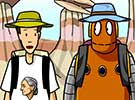 View the BrainPop video and watch Tim & Moby discuss the life and times of the artist Georgia O’Keeffe, her rise to fame in the NY art scene, her paintings, and her painting style. Use the link below along with the the district’s Username and Password to view the video.
View the BrainPop video and watch Tim & Moby discuss the life and times of the artist Georgia O’Keeffe, her rise to fame in the NY art scene, her paintings, and her painting style. Use the link below along with the the district’s Username and Password to view the video.
- What are the general facts about Georgia O’Keeffe, birth date, birth place, parents and family life?
- What information can you find about her childhood? What was she like? What where her interests?
- What colleges did the artist attend, when did she attend, what did she study?
- What job did the artist have after college, where did she work, what did she do?
- Who is Joesph Stieglitz, what did he do for a living, and how did he help Georgia’s career?
- Where did Georgia move to after leaving New York?
- What was her new environment like, how did it influence her work?
- What are some things that inspired the Georgia? Give examples
- How would you describe her paintings, how would you describe does her style?
- What are the distinguishing characteristics of her artwork?
Biography Rubric

Botanical Illustration
Botanical illustration combines the art of painting subjects like flowers and plants, and the science of botany as the work by John Lindley shows here. Requiring attention to detail, artists render the subject to depict the various parts of the plant. For this layout show the fruit or vegetable you illustrated on a gradient background, use the font Bickham Script Pro to for the text content and labeles to create the elegant typography.
Student Works

What are the different parts of Georgia O’keeffe’s Landscapes?
How are Georgia’s Landscape paintings similar to her flower paintings?
How did the New Mexico environment effect her painting?
What aspects of the desert environment did she use in her painting?
How are her paintings similar to the photos of New Mexico?
What details of the desert was she able to capture in her paintings?
Which do you suppose she enjoyed painting more NY city or the desert?
Why do you assume that position, what evidence do you have?
Questions to Consider
How are Georgia’s Landscape paintings similar to her flower paintings?
How did the New Mexico environment effect her painting?
What aspects of the desert environment did she use in her painting?
How are her paintings similar to the photos of New Mexico?What details of the desert was she able to capture in her paintings?Which do you suppose she enjoyed painting more NY city or the desert?Why do you assume that position, what evidence do you have?
